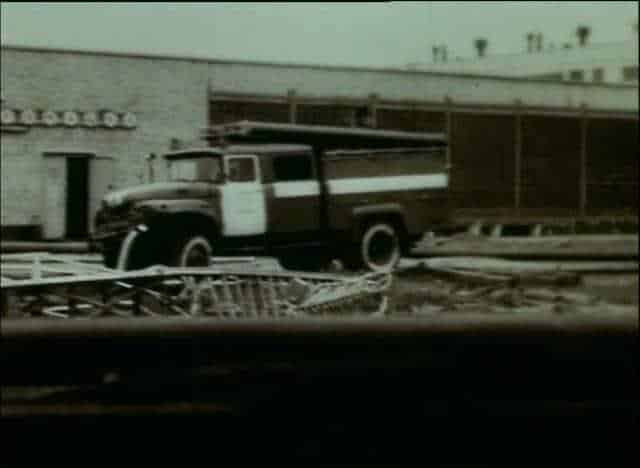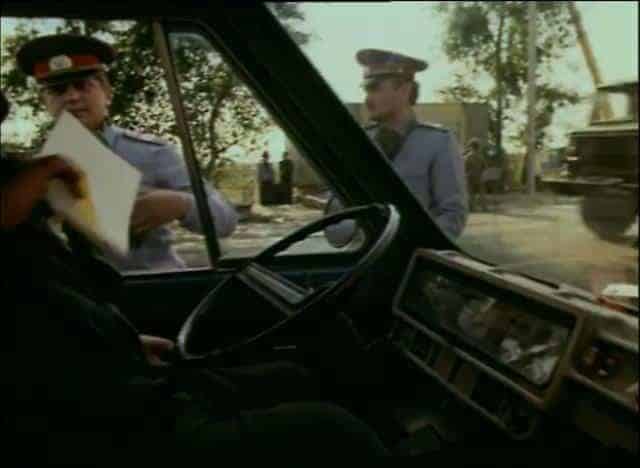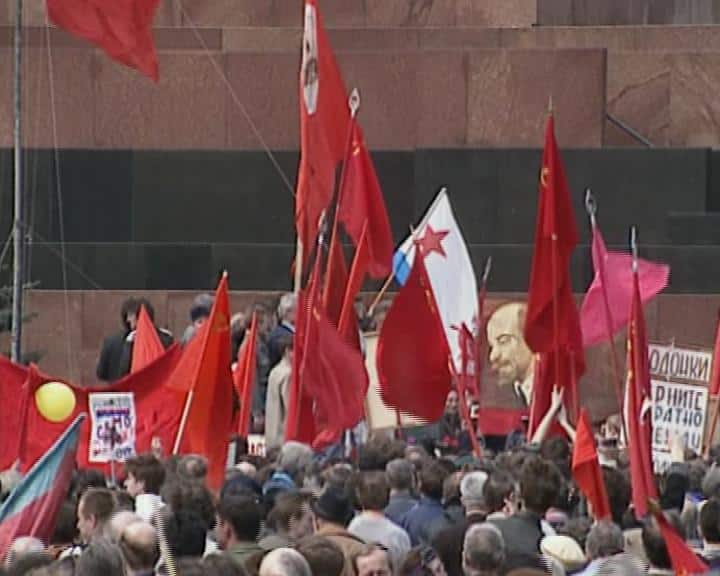According to declassified documents, there were multiple violations during the construction of Chernobyl. It led to accidents and malfunctions of fire safety systems. “There are facts when individual leaders deliberately go to the grossest violations of technological standards. They are thinking about how to quickly hand over the object, not caring about its future and possibly tragic consequences” says one of the information notes of the KGB from December 19, 1976.

Declassified Chernobyl footage
The Security Service of Ukraine has declassified part of the KGB documents on the disaster at the Chernobyl Nuclear Power Plant (ChNPP), from which it follows that accidents at the facility occurred before 1986.
Unveiling the Chernobyl Disaster: Exclusive 2006 Interviews and Footage
Personal Testimonies Illuminate the Shadows:
Experience the raw emotions and personal stories as survivors, former plant workers, and liquidators share their accounts of the Chernobyl disaster. Discover the courage and resilience displayed by these individuals in the face of unimaginable adversity.
Introduction: Step back in time to 2006 and gain unprecedented insights into the Chernobyl disaster.
We have unearthed captivating interviews and footage from that year. It allows you to witness the first-hand accounts of those affected by this tragic event. Join us on this gripping journey as we delve into the depths of history.
- Unraveling the Unknown: In 2006, exclusive footage sheds light on the aftermath of the disaster. Witness the haunting scenes of Pripyat, the abandoned city frozen in time. Explore the wreckage of Reactor 4 and understand the enormity of the challenges faced during the cleanup and containment efforts.
- Preserving the Past: By licensing this exclusive 2006 footage, we ensure that this vital piece of history is accessible to all. It serves as a reminder of the devastating consequences of nuclear disasters and the importance of safety and caution in the pursuit of clean energy.
Personal Testimonies Illuminate the Shadows:
Experience the raw emotions and personal stories as survivors, former plant workers, and liquidators share their accounts of the Chernobyl disaster. Discover the courage and resilience displayed by these individuals in the face of unimaginable adversity.
Echoes of Evacuation:
Through interviews with evacuees, gain a profound understanding of the forced displacement and the haunting impact it had on their lives. Discover the struggles they encountered as they were uprooted from their homes and thrust into an uncertain future.
The Chernobyl Nuclear Power Plant consisted of four reactors, each designated as Reactor 1, Reactor 2, Reactor 3, and Reactor 4.
However, after the Chernobyl disaster in 1986, Reactor 4 was destroyed and rendered inoperable.
Reactor 4 was the reactor involved in the catastrophic explosion and fire that led to the release of a significant amount of radioactive material. The remaining three reactors (Reactor 1, Reactor 2, and Reactor 3) were shut down after the accident and eventually decommissioned.
It’s important to note that the Chernobyl NPP has not been operational since the disaster.
The site is now primarily focused on containment, clean-up, and ongoing management of the radioactive materials.
Reactor 1 of the Chernobyl Nuclear Plant was shut down in November 1996, approximately ten years after the Chernobyl disaster. 2d Reactor was shut down in April 1991, just a few years after the accident. Number 3 continued operating until December 2000 when it was finally shut down. After the closure of Reactor 3, the entire Chernobyl Nuclear Power Plant ceased its operations.
Footage videos of the site cleanup.
Stock videos of Kupovate, also known as Kopachi, is a small village located near the Chernobyl Nuclear Power Plant in northern Ukraine.
The village gained international attention due to its proximity to the site of the catastrophic Chernobyl disaster in 1986. Kupovate is situated within the Chernobyl Exclusion Zone, a highly contaminated area where human habitation is restricted and regulated.
Before the Chernobyl disaster, Kupovate was a peaceful rural community with a population of approximately 1,200 people. However, following the nuclear accident, the village, along with many others nearby, was heavily contaminated with radioactive materials, forcing the evacuation of its residents. Today, Kupovate remains an abandoned ghost village, frozen in time and heavily affected by the long-lasting consequences of the disaster.
One notable feature of Kupovate is its kindergarten, which stands as a haunting reminder of the past. The kindergarten building was partially buried under soil as part of the decontamination efforts, leaving only the top part of the structure visible. The playground, with its rusted swing sets and empty sandboxes, serves as a poignant symbol of the village’s abandonment and the devastating impact of the nuclear accident on the local community.
Visiting Kupovate and other locations within the Chernobyl Exclusion Zone has become a popular activity for tourists interested in exploring the aftermath of the disaster and witnessing the eerie atmosphere of the abandoned villages. However, access to these areas is strictly controlled, and visitors must obtain permits and follow specific safety guidelines to protect themselves from the remaining radiation.
Footage of Kupovate and other parts of the Chernobyl Exclusion Zone attract tourists, the area is still contaminated with radioactive materials, and there are potential health risks associated with prolonged exposure.
It is crucial for visitors to follow the guidance of authorized tour operators, wear protective clothing, and adhere to safety precautions to minimize their exposure to radiation.
Despite the desolation and radioactive contamination, Kupovate stands as a haunting reminder of the Chernobyl disaster’s impact on the lives of the people who once called it home. The village, frozen in time and surrounded by nature reclaiming the land, serves as a somber testament to the resilience of nature and the devastating consequences of nuclear accidents.
Kupovate near Chernobyl
- #Kupovate
- #Kopachi
- #ChernobylExclusionZone
- #AbandonedVillage
- #ChernobylDisaster
- #RadiationLegacy
- #GhostVillage
- #ChernobylTourism
- #HistoricalRemnants
- #NatureReclaiming
- #VisitingChernobyl
- #RadioactiveZone
- #ChernobylMemorial
- #NuclearDisaster



